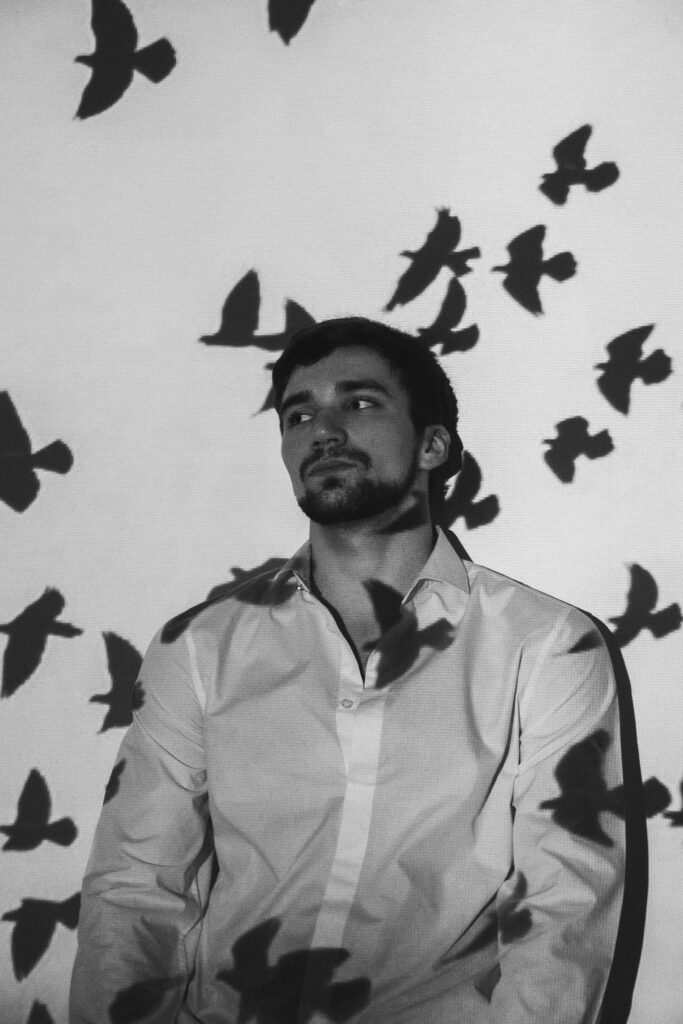If you’re considering having a hair transplant, it is a big decision that can be life-changing depending on the level of hair loss you currently experience. It’s no easy decision to have any form of cosmetic surgery so understanding as much as possible before going ahead with a procedure is best. You may have seen various questions around hair transplants, one of which relates to temperature and its effect on the results. Here, we look at whether cold or warm weather will affect a hair transplant and what you can do to protect yourself.
Aftercare to Protect Your New Hair
Due to the expense and surgery involved, the last thing you want to do with a new hair transplant is to ignore aftercare advice. After all, you want the recovery to be as quick as possible and provide you with the best results. Whether you have had a hair transplant at home, or traveled into Europe for a hair transplant Turkey procedure, saving on the total expense whilst getting natural-looking results, your aftercare will not differ by much. If you have undergone a traditional hair transplant or a less-invasive Follicular Unit Extraction (FUE) procedure, the aftercare advice may differ slightly, but this will be due to the surgical cutting required for the traditional method, requiring a longer recovery time. When it comes to the temperature, you will want to take care with sun exposure, especially during warm weather periods or more intense sun. This is because you’ll want to avoid burning the skin in the transplant area that will still be delicate. It’s best to avoid direct sun exposure for the first few days post-op at least, giving time for the healing process to kick in.
Cold or Warm Temperature Effects?
Whether it is a scorching day outside or a cold, winter one, the effect of the temperature on your transplant area should not cause any adverse issues. It’s is more important to avoid direct sun exposure, which on a clear day no matter the temperature will still harm the skin from UV rays. You may be tempted to wear a hat to either keep warm in the cold or to provide shade to your head in the summer. The issue with this is the hair grafts could be accidentally pulled by the hat and become loose, especially whilst the area is still healing. Regularly sweating shouldn’t be a problem if this is a concern during warmer temperatures, as this is a natural process your hair follicles will be able to manage. However, if you do sweat in the transplanted area, you should avoid the temptation to wash it or dry it as this will pull at the hair. Additionally, it is normally advised to avoid excessive sweating, such as that experienced with exercise, for at least the first few days.
The cold or warm temperature outside should not cause any adverse effects alone to your transplanted hair follicles. You should receive detailed aftercare advice from your medical team pointing out things to avoid for at least a few days after surgery. In general, allowing the scalp to heal needs to be kept in mind, so avoiding anything that will pull at the hair, such as washing it or wearing a hat, is advisable. By following the aftercare advice provided by your surgeon, you should experience the optimal results you’ve been looking for.

